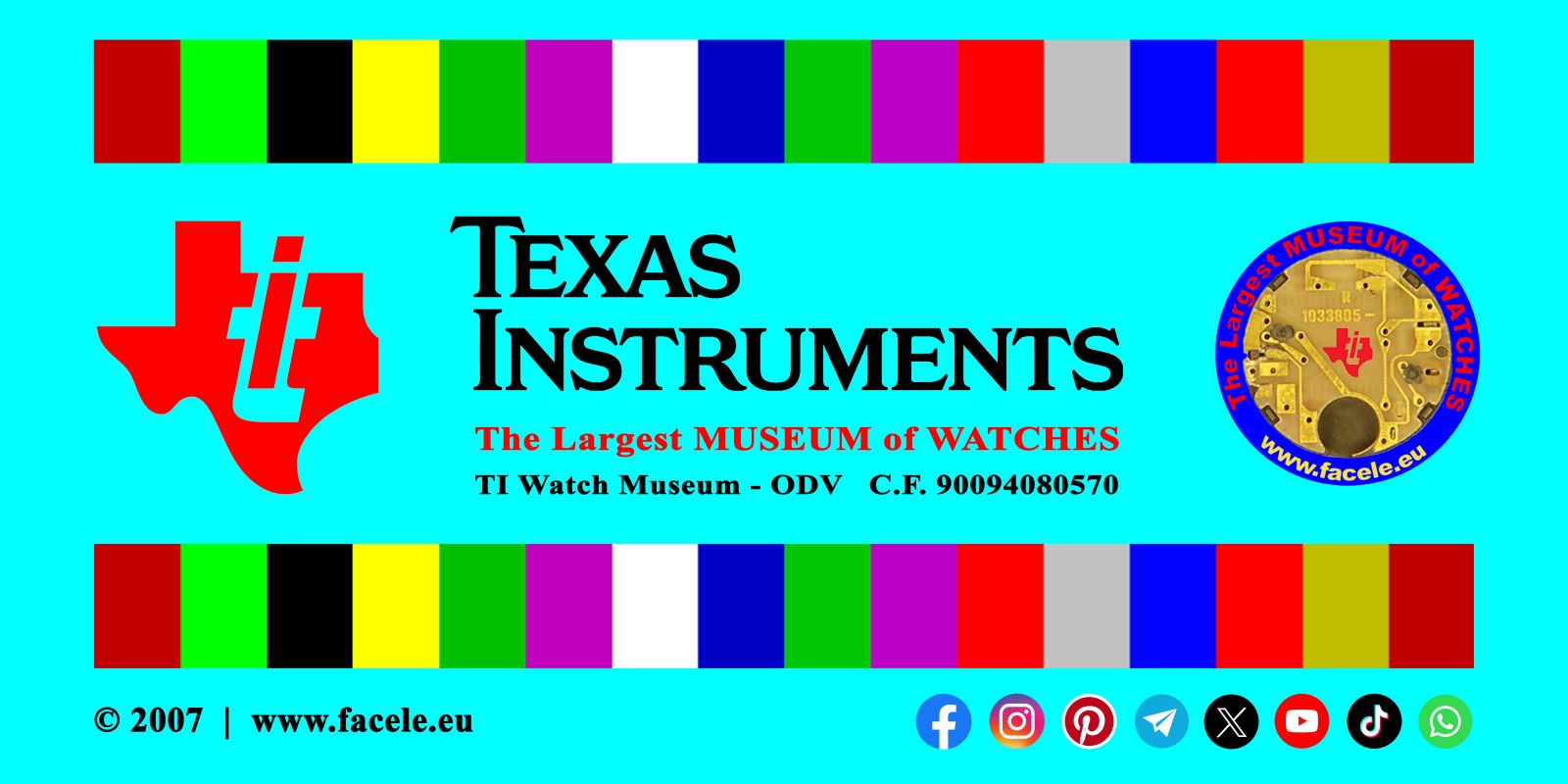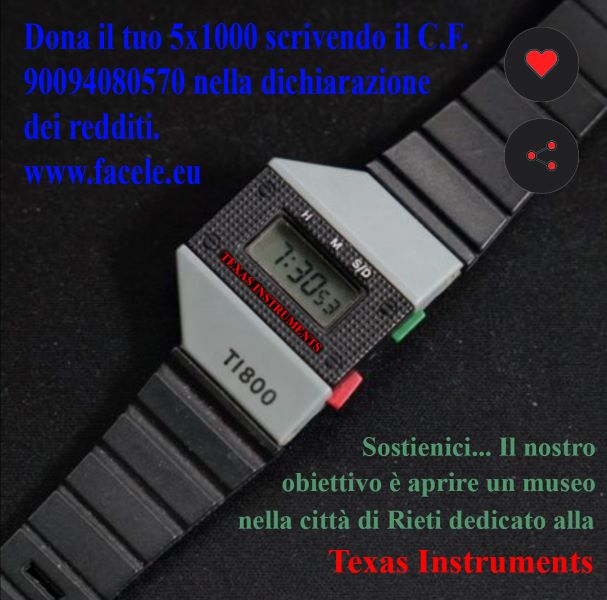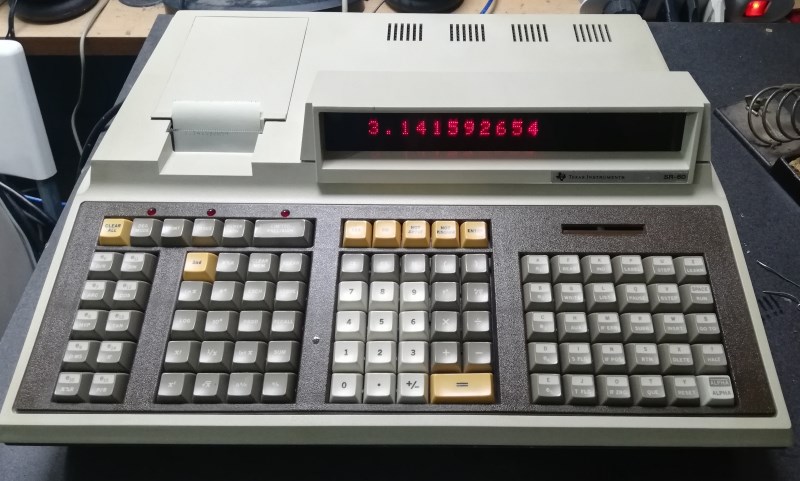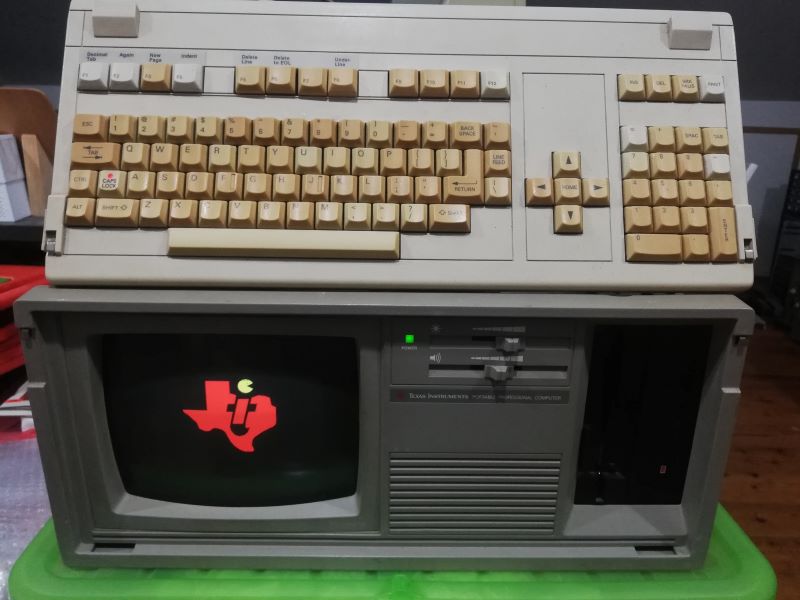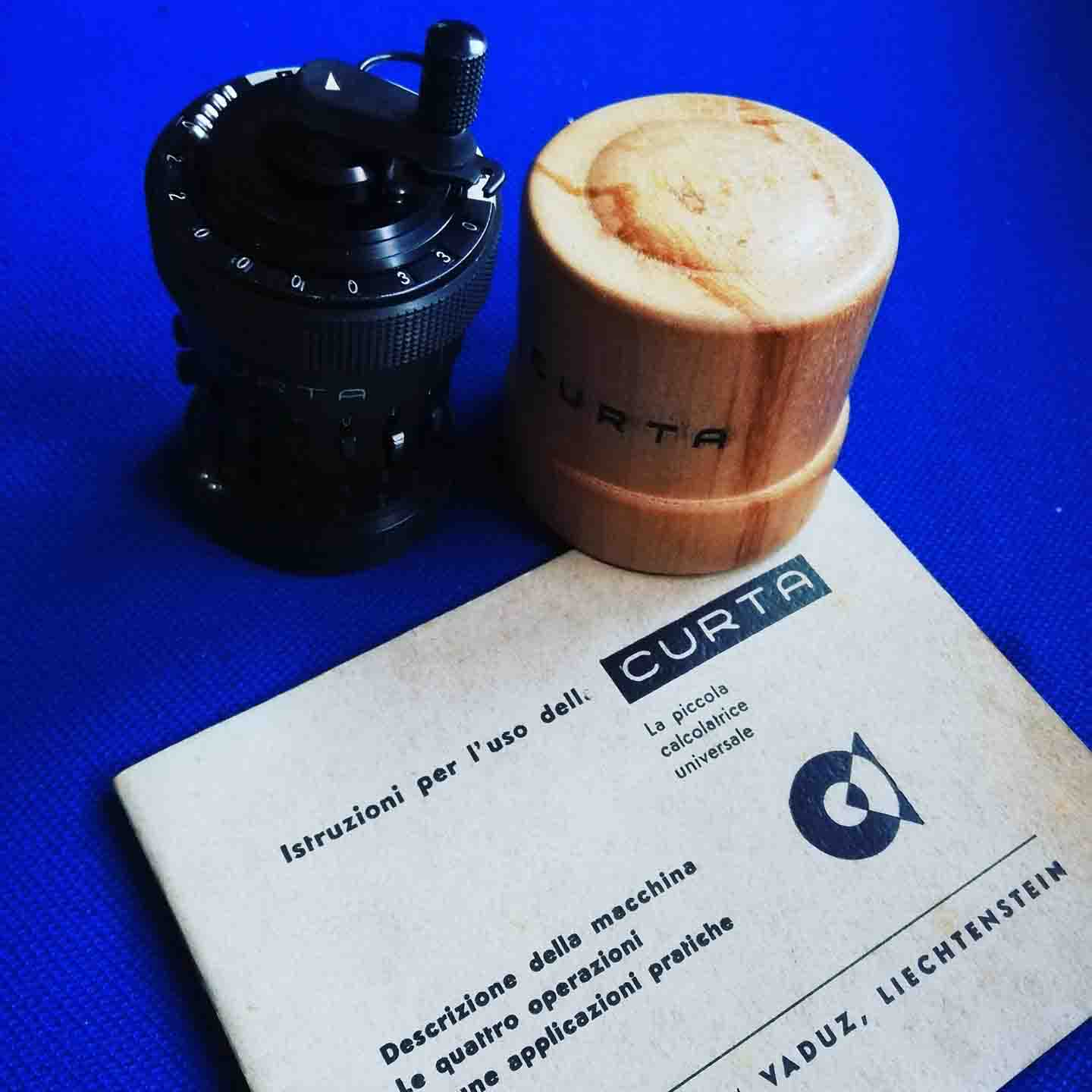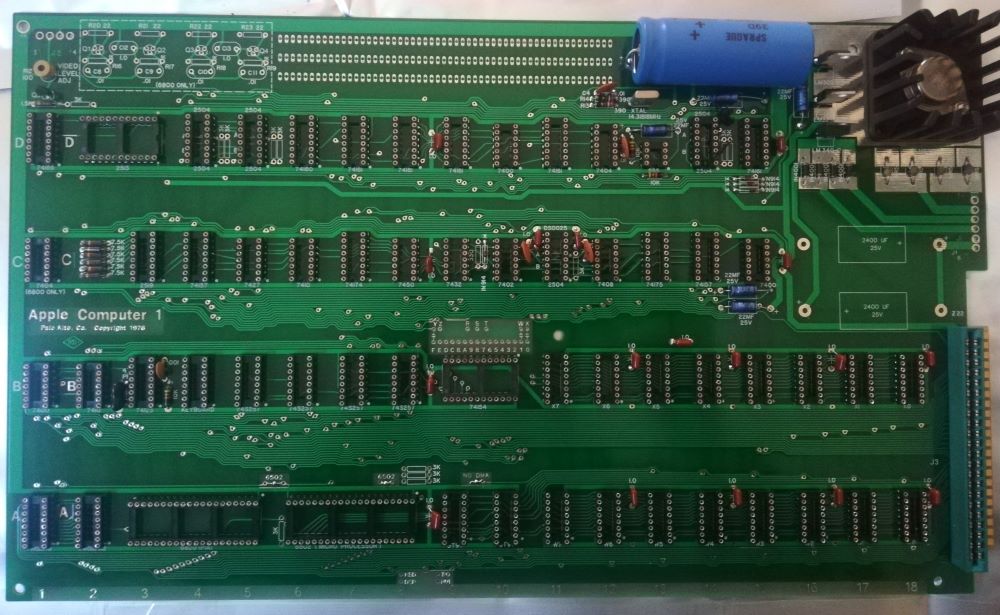LED Watches a brief history
LED watches marked a milestone as the first devices to electronically display the time in digital format, distinguishing themselves from their predecessors, mechanical digital watches. The first LED watch not only represented this innovation but was also the world's first watch to do so without moving parts.
Their introduction revolutionized how we perceive time; before their appearance, people didn't say "4:25" but used expressions like "four and twenty-five."
This new way of displaying time marked the first significant innovation in timekeeping technology in 500 years, akin to the introduction of the sundial.
LED Technology
The acronym LED stands for "Light Emitting Diode," a technology that originated from semiconductor research in the '60s. However, the main challenge for adopting this technology in watches was their miniaturization.
The light-emitting diode is created by passing an electric charge through inorganic materials; in the case of the red LED, aluminum gallium was used. Each LED display number employs seven electronic switches for visualization. Pulsar also introduced a green LED using gallium nitride.
Energy Requirements
Initially, LED displays were energy-intensive, and the batteries available at the time were less powerful than today's, meaning the first LED watches, to conserve energy, could only briefly display the time when a button was pressed. Initially considered a novelty, consumers soon found it awkward and impractical.
LED watches remained popular until the late 1970s when LCD watches, consuming less power and showing the time constantly, came onto the scene. In recent years, LED watches have experienced renewed popularity due to intriguing modern designs, as seen above.
LED Watches: Space Age Technology!
Hamilton's Pulsar
In the fall of 1971, Hamilton introduced the first LED watch to the market. This was not only the first electronically powered watch to display the time in digital format but also the first fully electronic watch. Named "Pulsar," it featured an 18-karat gold case and retailed for $2,100, roughly the price of a Chevrolet Vega at the time!
Science Fiction Influence
Hamilton had already expressed interest in LED technology when Stanley Kubrick asked the company to create the first digital watch for his 1968 film "2001: A Space Odyssey." According to John Bergey, head of Hamilton's Pulsar division, this inspired the development of the Pulsar watch.
The Pulsar seemed to encapsulate the times: in 1972, space travel had recently become a reality, technology was advancing rapidly, and the Pulsar was one of the first consumer products to emerge from the microelectronic revolution.
Hamilton chose the name "Pulsar" to signify space-age technology, derived from the star "Pulsar" emitting precisely timed radio waves, newly discovered. It was termed a space-age "wrist computer" by the New York Times, heralding "a new era in the science of measuring time."
Great Success
Indeed, the Pulsar caused a sensation upon its introduction, and despite its high price, all 400 watches produced were sold from its March 1972 launch until Christmas.
Unfortunately, circuits provided by Electro-Datas proved highly unreliable, leading to the retirement of most early timepieces. This terminated the partnership between the companies, and Hamilton developed its own circuits, significantly more reliable.
Celeb Appeal
Pulsar became America's biggest watchmaking success story, outselling any other company in history, reaching a peak of 10,000 watches sold per month. The watch was also acquired by US Presidents Nixon and Ford, the Shah of Iran, and numerous celebrities, including Roger Moore and Jerry Lewis.
It also made an appearance in the new James Bond film "Live and Let Die," with Roger Moore prominently seen pressing the button on the watch to check the time. The Pulsar was acknowledged as one of the "20 Best Watches of the Century."
Competition from Abroad
Various other LED technologies entered the market, initially all quite expensive and beyond the reach of the average consumer. However, by 1975, there were more than 80 different types available, and competition played a role in driving down prices.
Swiss watch manufacturers viewed the rise of digital watches as a passing trend. While some ventured into the LED watch market, Omega was among them. Japanese watchmakers were also slow to step into the arena.
Mass Appeal
A vintage advertisement for the Texas Instruments model TI-101 digital electronic watch in the Baltimore Evening Sun newspaper on November 25, 1975. At the 1976 Consumer Electronics Show in Chicago, following the principles of Henry Ford, Texas Instruments brought LED watches to the masses by introducing a line of plastic-cased watches selling for just $20. Before this, the lowest price for a digital watch was $50.
Due to heightened competition in the market, Pulsar incurred a loss of $6 million and was eventually sold to Seiko, returning to the production of analog watches. Texas Instruments further slashed the retail price, and in May 1977, they introduced the first LED watch priced under $10 at $9.95. By this time, however, LED watches had started to wane in popularity due to the advent of the first LCD watches.
